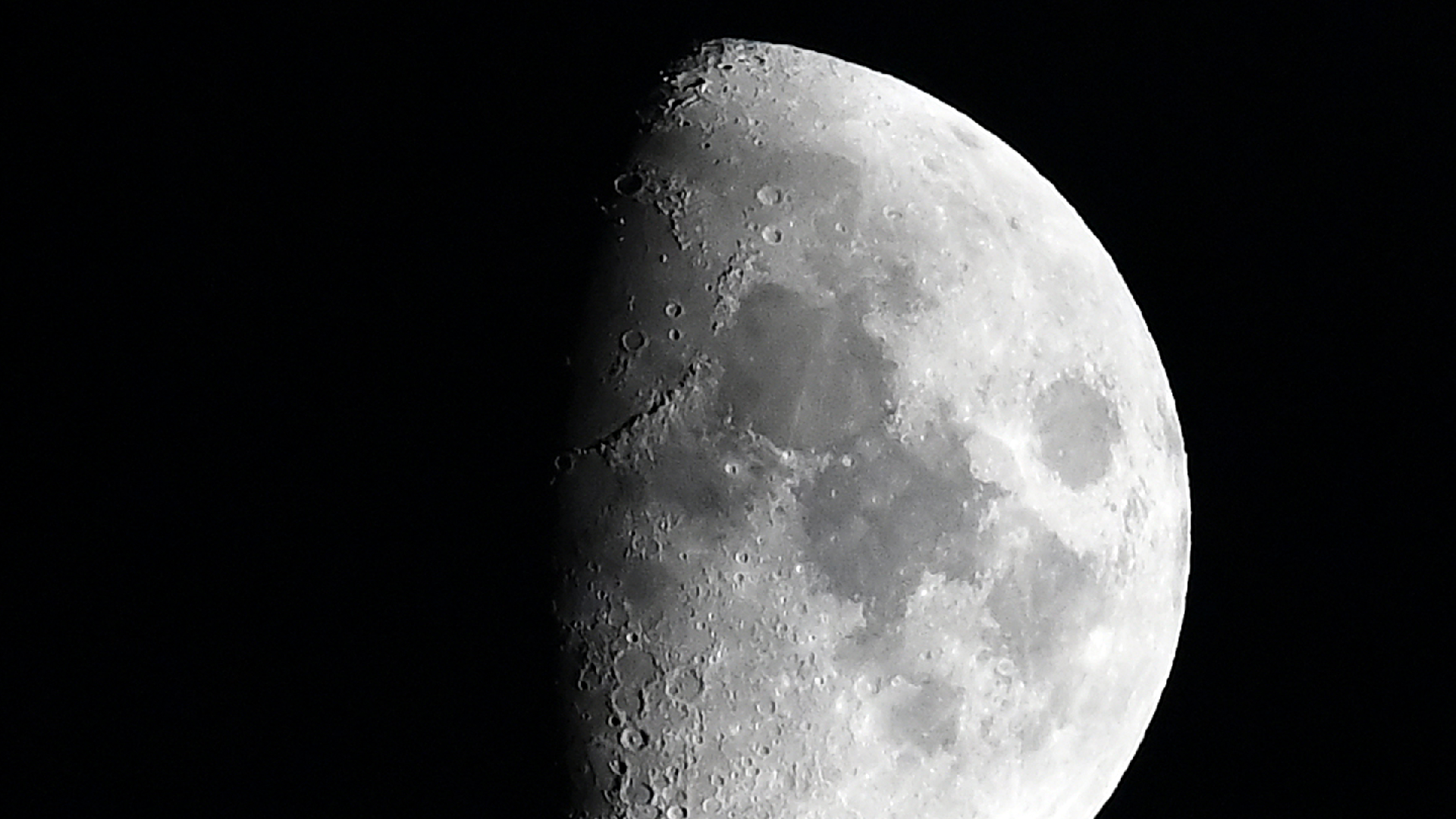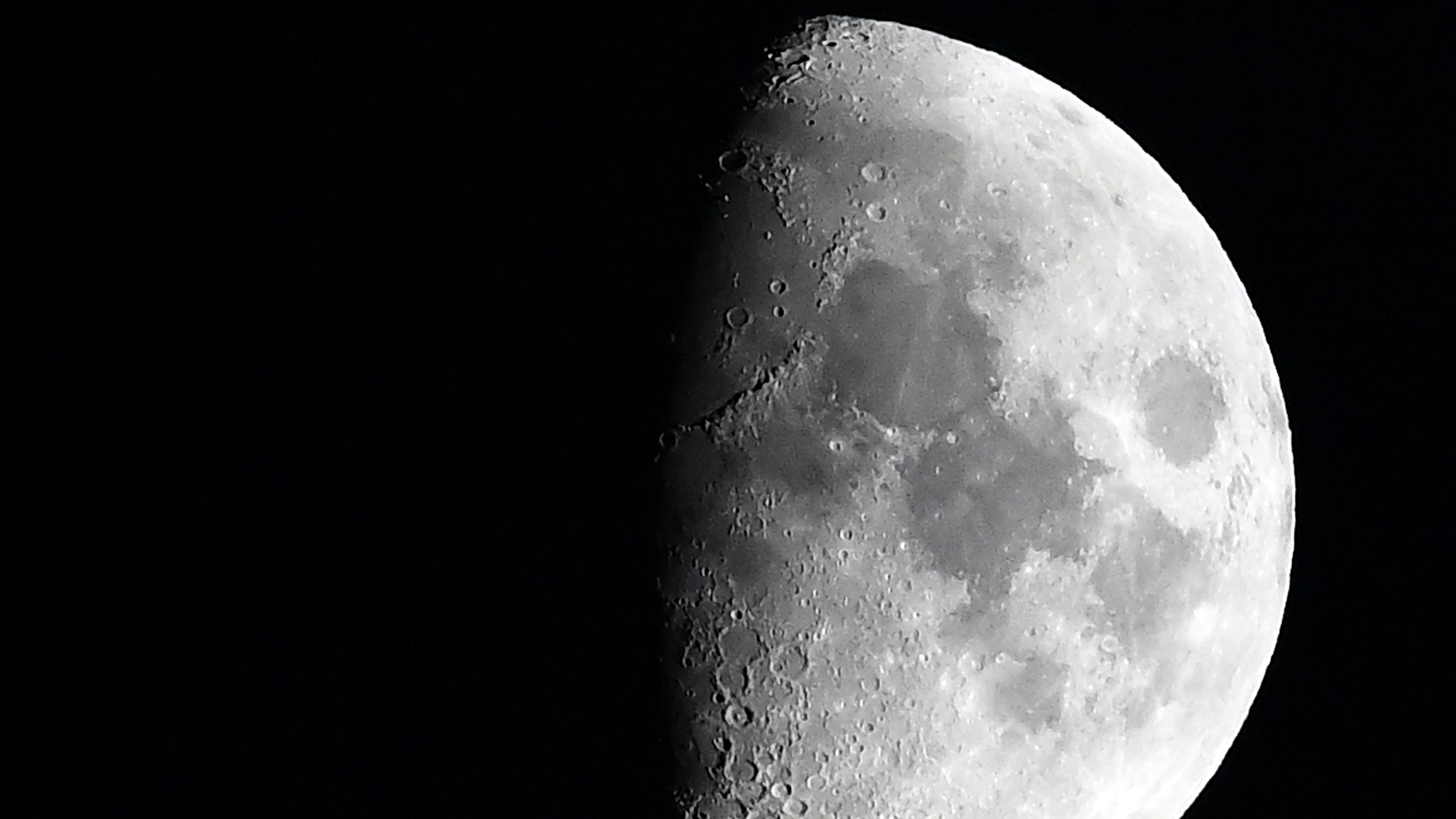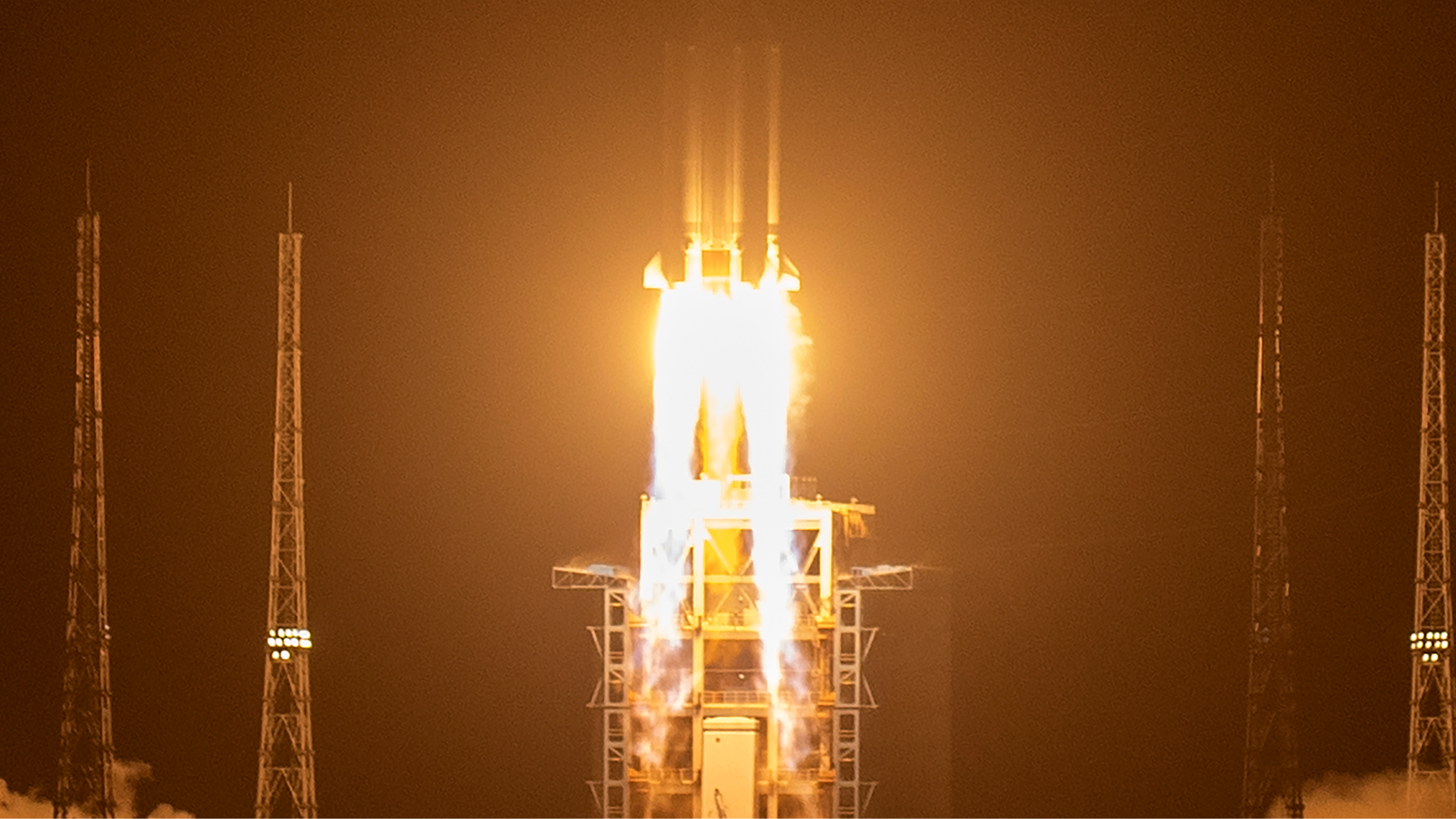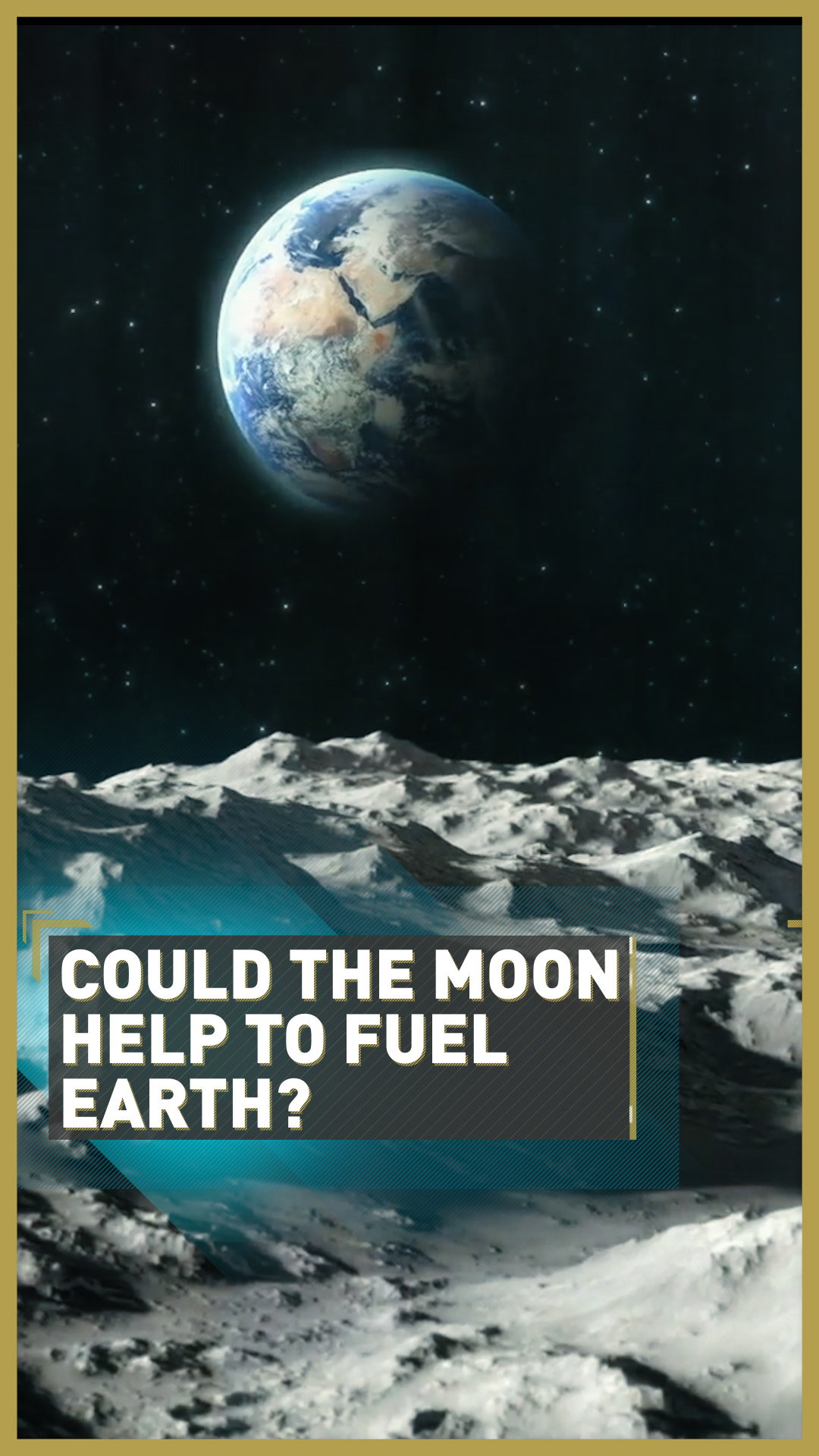
[ad_1]
Fossil fuels have fueled the Earth for over 200 years, but reserves of coal, crude oil and natural gas are expected to run out by the end of the century.
As reserves begin to dwindle, the urge to find replacements is intensifying, but the long-term solution may lie hundreds of thousands of miles away on the moon.
It contains large amounts of helium-3, a form of gas that could potentially be extracted, returned to Earth, and used as a fuel without harming the environment.

CLICK: FIND OUT WHY THE BANKING SECTOR THINKS VR CAN IMPROVE PERFORMANCE FOR REMOTE WORKERS
“The real attraction of helium-3 is that it’s a nuclear process, which, of course, doesn’t release greenhouse gases and so on,” University of Wisconsin engineering professor Gerald Kulcinski told CGTN.
“This, I think, would be the greatest advantage: nuclear power without nuclear waste, which would be a target for the Earth, for hundreds of thousands of years.”
Present on Earth in small quantities, helium-3 is already used in medical diagnostics to help detect tumors, but has yet to be used as an energy source.
However, it is available in sufficient quantities on the Moon to potentially power the Earth for hundreds of years and provide enough time to find other ways to power the planet.

The moon contains large amounts of helium-3, a gas that could potentially be extracted, returned to Earth, and used as a fuel. / AFP
The moon contains large amounts of helium-3, a gas that could potentially be extracted, returned to Earth, and used as a fuel. / AFP
“The United States has about 30 kilograms of helium-3,” Kulcinski continued. “The 30 kilograms, however, can be compared to the amount that is deposited on the moon by the solar wind, which is about one million metric tons.
“That amount of helium-3 is enough to power the Earth for a thousand years or so and provide all the energy Earth would need.”
But getting helium-3 back to Earth is a complex process.
The gas, which is found in the moon’s soil, would have to be heated to 600 degrees Celsius before being extracted and transported back to be converted into fuel in nuclear power plants. Even so, the project is beginning to interest some of the world’s leading nations in the environmental and economic potential of helium-3.

China’s Chang’e-5 Lunar Space Mission will collect lunar soil samples and potentially analyze helium-3 in more detail. / AFP
China’s Chang’e-5 Lunar Space Mission will collect lunar soil samples and potentially analyze helium-3 in more detail. / AFP
On Monday, China launched its Chang’e-5 lunar space mission, a 23-day operation that aims to bring back lunar material from the moon to understand more about the planet’s origins and formation.
“Now there seems to be another wave of interest in going to the moon, from both the US and China, and there may be other countries as well,” Kulcinski said. “And most of these programs have, as part of their goal, the collection of helium-3 for terrestrial use.
“I’m not sure I’ll see it in my life, but I’m sure my children or grandchildren will see it. And that will be the ultimate use of helium-3. Energy would be the great pot of gold at the end of the rainbow if we could make it work. “
ANIMATION: Could the lunar soil save the Earth?
READ MORE: China’s Chang’e-5 Lunar Probe Prepares to Land
Source link
